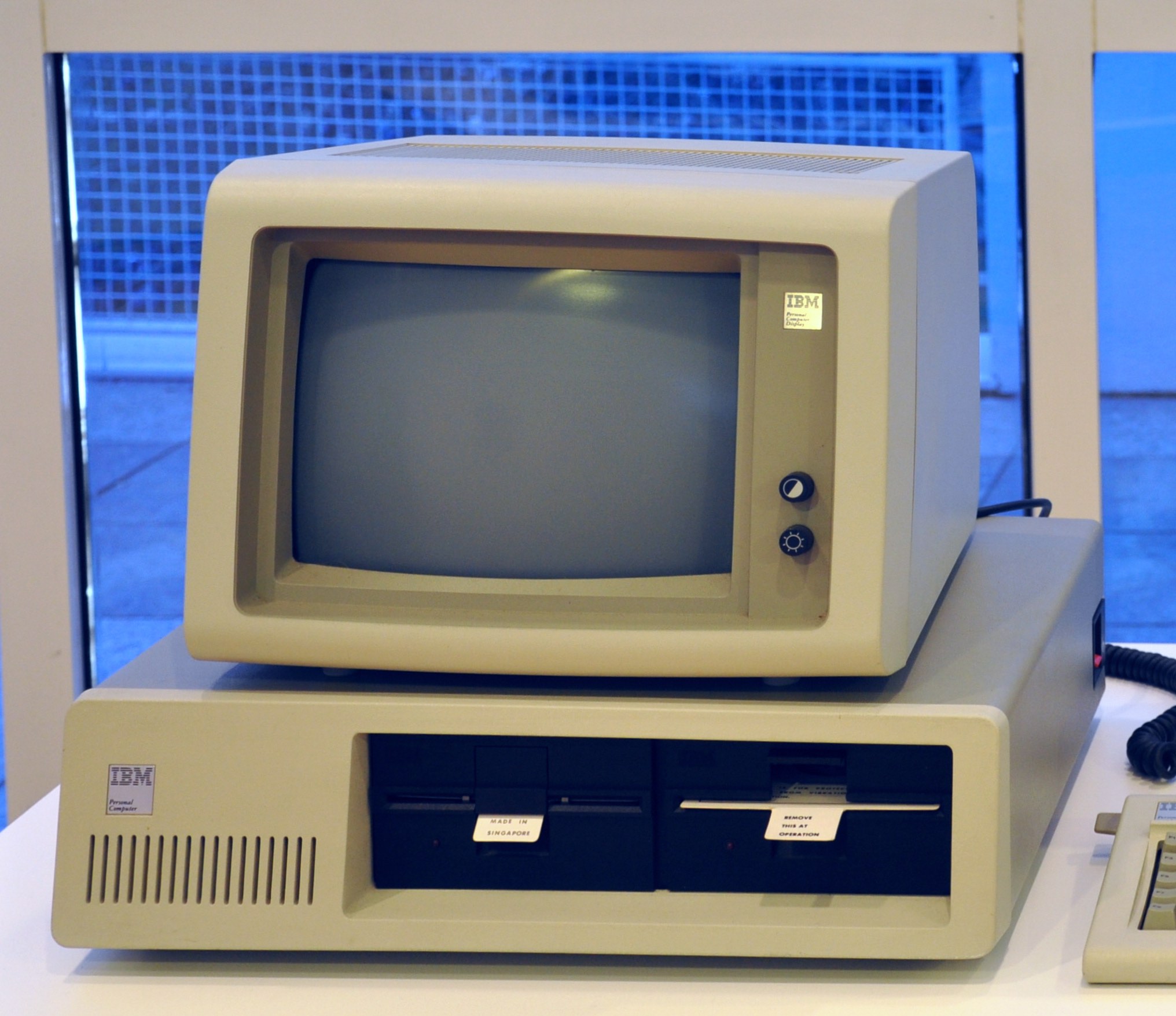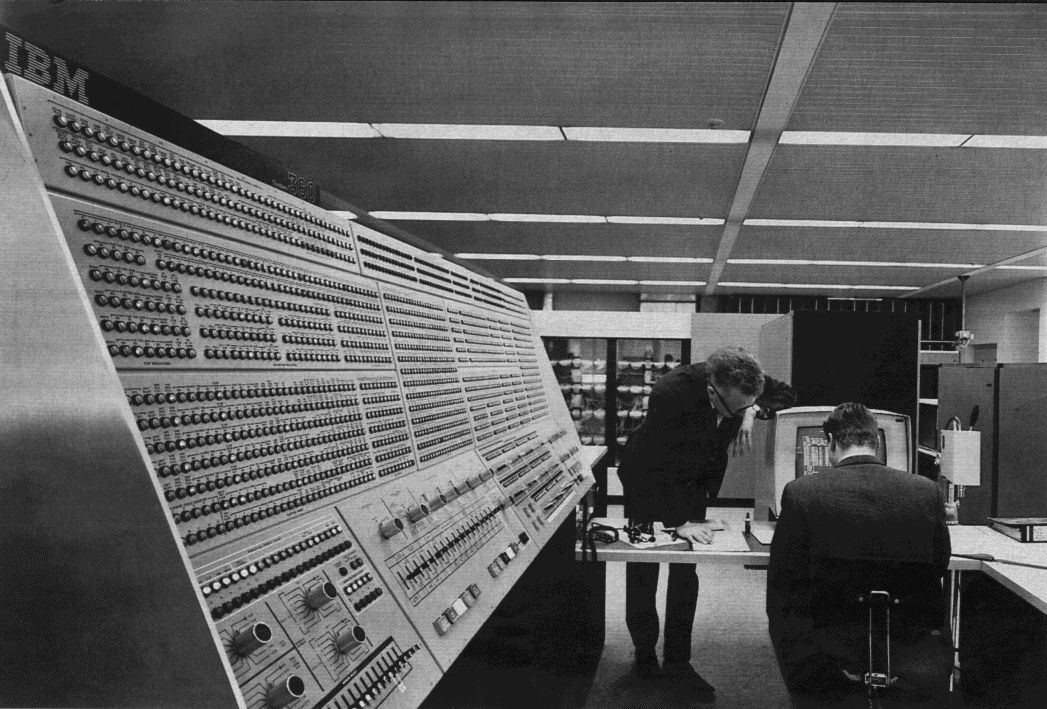Pattern 5: The Force Awakens

Summary
Motto: “How can something seem so plausible at the time and so idiotic in retrospect?” (Bill Watterson, Calvin, and Hobbes)
Type: A pattern of dynamics between Design Situations and Design Outcomes
Definition: Designer’s efforts to address some situation triggers reactions that radically change the original design situation. Often such reactions make the intended design outcome or a contribution of a designer obsolete or irrelevant. Such responses would typically not occur without the design activity.
Alternative names: Boomerang, Ricochet, Own Goal, Shoot Oneself in the Foot.
Topics: social and political issues, mass market, competition, IBM PC, vaporware, one laptop per child (OLPC) project
Desirable: In a limited number of real-world situations, when a goal is to stimulate further development of some solution without benefiting from it.
Undesirable: In most other real-world situations.
Description
The force awakens pattern described dynamics of design activities in which designers’ efforts to create a design outcome lead to radical changes of the original design situation. Often such change can make intended design outcomes unsuccessful, obsolete or irrelevant. This type of patterns of dynamics can be very elaborate if the design enters the mass market or can have a significant influence on the society.
An example of the force awakens pattern is the “one laptop per child” (OLPC) project (Kraemer et al. 2009). The OLPC project created a novel technology, the XO laptop, developed with close attention to the needs of students in poor rural areas. The plan failed to reach many of its original goals, in huge part due to the aggressive reaction of the PC industry. The PC industry perceived the OLPC project as a threat of a $100 laptop distributed in emerging markets (Kraemer et al. 2009). Soon after the OLPC project started, the PC industry began to introduce their educational computers with low prices. This reaction of the PC industry would not occur without the OLPC project. And OLPC project probably would not start or would have different goals, if there were available educational PCs with low price.
A similar story is the development of the IBM PC (Goth 2011). IBM underestimated the influence that PC would have for their future. On the one hand, the introduction of the PC changed the market and led to less demand for IBM mainframe computers. IBM led the PC market in the beginning. But as the IBM PC market grew, IBM’s influence diminished. In November 1985 PC Magazine stated “Now that it has created the [PC] market, the market doesn’t necessarily need IBM for the machines”. The IBM management was also not able to predict the impact of their design, as reported by Greg Goth:
“And management said, ‘Okay, fine. It won’t hurt anything. It’s not going to mess up our business. You’re not trying to replace us. You have 10 or 12 people. When you find it’s really not much of anything, you’ll come back, and we’ll do real computing.’ That was the attitude. They weren’t afraid. They thought it would be, maybe, interesting. It might actually be a follow-on to Displaywriter and Datamaster. We’d sell maybe 100,000 or 200,000 units, and then we’d keep doing computing as we had always done it. So that’s why they left us alone. We were off the radar.” (Goth 2011, page 26)
The force awakens pattern may also occur even before any observable design activity has started. A decision to work on some design situation may cause some reactions that may change that situation. Lawson noted that once a design situation has been identified, it is no longer possible to avoid deciding on a design outcome (Lawson 2005, page 115). He elaborated that in many real-life design situations it is not possible to take no action because the very process of avoiding or delaying a decision has an effect. For example, if a new road is planned, but the route remains under debate for a lengthy period, the property in the region of the various paths will likely change the value. Lawson concluded that procrastination as a strategy in design is deeply flawed.
In software design a similar effect we may find in “vaporware”. Vaporware is a practice of announcing a product that does not exist to gain a competitive advantage and keep customers from switching to competing products (e.g. Heiko 2004; Richard 1995). Announcements of the competitors may seriously harm designers’ intention to address a particular situation. Such, often very simple announcements, may radically change the market and clients’ expectations. Vaporware is another example of the force awakens pattern, as here a design activity triggers forces that are significantly changing the design situation and are undermining the design effort. Again, these forces would not be “awakened” without the design activity.
 The U.S. Justice Department accused IBM of intentionally announcing its System/360 Model 91 computer (pictured) three years early to hurt sales of its competitor’s computer. Credit: Wikimedia Commons.
The U.S. Justice Department accused IBM of intentionally announcing its System/360 Model 91 computer (pictured) three years early to hurt sales of its competitor’s computer. Credit: Wikimedia Commons.
The force awakens pattern is connected to the pandora’s box pattern, as both of these patterns describe dynamics that are a consequence of unexpected and undesirable effects of design decisions. The force awakens pattern may lead to the solution looking for a problem pattern. A failure to create an outcome in one design situation may lead to usage of a (part of) design outcome in another situation.
Questions to Ask Yourself
- How do you analyze the market and respond to changes in it?
- How do you anticipate the reaction of competition to your design efforts?
- Have your design efforts ever cased other players (e.g., competition) to react strongly against your activities?
- Have you ever responded strongly to the design efforts of others?
- Have you ever experienced the effect vaporware, a practice of announcing a product that does not exist to gain a competitive advantage and keep customers from switching to competing products?
Cover Art
IBM Personal Computer, 1981. IBM introduction of PC changed the market and led to less demand for IBM mainframe computers. Credit: Wikimedia Commons.